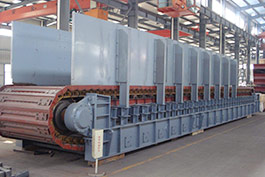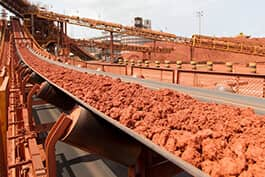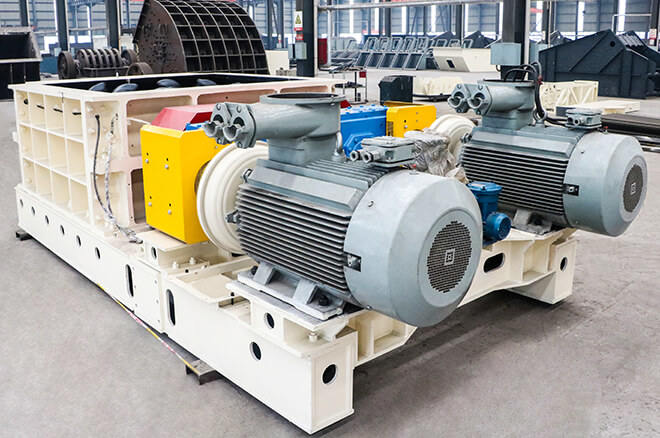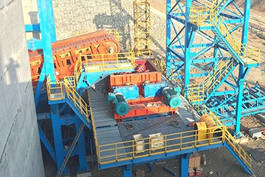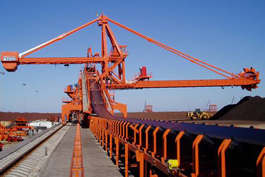Products
solution
Contact Us
-
Tel:
-
Mobile:
-
Whatsapp:
-
Wechat:
-
E-mail:
-
Skype:
-
Https:
- Address: Middle of Xinchang North Line, Xinxiang City, Henan Province, China



